How to Choose the Right Small Ball Bearings for Your Project
When embarking on a project that requires precision and reliability, selecting the correct components is crucial, particularly when it comes to small ball bearings. These miniature mechanical marvels are vital in numerous applications, from electric motors to robotics, where minimizing friction and maximizing efficiency are essential. According to a recent report by the market research firm Grand View Research, the global ball bearings market, valued at USD 19.4 billion in 2022, is projected to expand at a compound annual growth rate (CAGR) of 4.9% through 2030. With such significant growth and demand, understanding the various types, materials, and specifications of small ball bearings becomes paramount for engineers and hobbyists alike. In this guide, we will delve into the critical factors that influence the selection of small ball bearings, ensuring you make informed choices for your specific project.
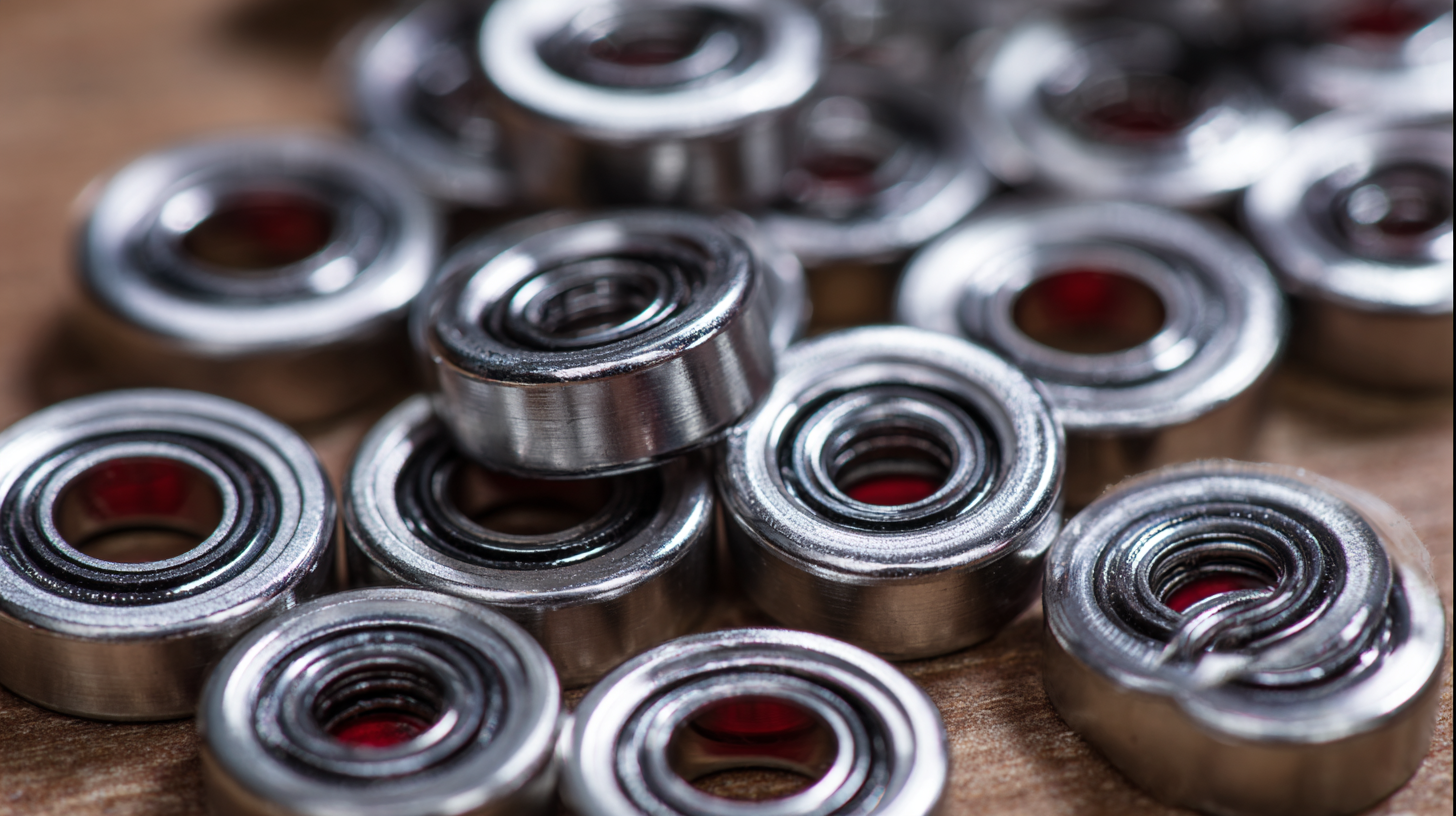
Understanding the Different Types of Small Ball Bearings Available in the Market
When choosing small ball bearings for your project, it's essential to understand the various types available in the market. The ball bearings market has exhibited impressive growth, with a valuation of USD 25.24 billion in 2023 and projected to reach USD 33.24 billion by 2032, showing a robust CAGR. The primary types of small ball bearings include deep groove ball bearings, self-aligning ball bearings, and angular contact ball bearings, each serving distinct applications and performance requirements.
Deep groove ball bearings are widely used for their versatility and ability to accommodate both radial and axial loads. Self-aligning ball bearings are particularly beneficial in applications where misalignment may occur, ensuring smoother operation. Angular contact ball bearings, on the other hand, excel in applications requiring high-speed and high-load capacity. Understanding these variations will guide you in selecting the right bearing type that aligns with your project’s specific needs, contributing positively to overall efficiency and performance.
Factors to Consider When Selecting Ball Bearings for Specific Applications
When selecting small ball bearings for specific applications, several key factors must be considered to ensure optimal performance and longevity. Load capacity is critical; it's essential to choose bearings that can withstand the specific loads they will encounter in operation. According to industry reports, such as those from the International Journal of Engineering Research, improperly selected bearings can lead to a reduction in efficiency by up to 25%. Therefore, understanding the dynamic and static load ratings provided by manufacturers is vital.
Moreover, the operating environment plays a significant role. Bearings used in high-temperature or corrosive environments may require specific materials or sealing options to prevent premature failure. Data from the Bearing Specialists Association indicates that approximately 30% of bearing failures are due to inappropriate environmental conditions. Therefore, selecting bearings with the right seals and materials can significantly enhance their durability.
**Tips:** When choosing bearings, consider the speed rating and viscosity of the lubricant to ensure compatibility. Additionally, always consult the manufacturer's specifications to confirm that the bearing meets your project's unique requirements. Prioritize sourcing from reputable suppliers who can provide comprehensive technical support and detailed performance data.
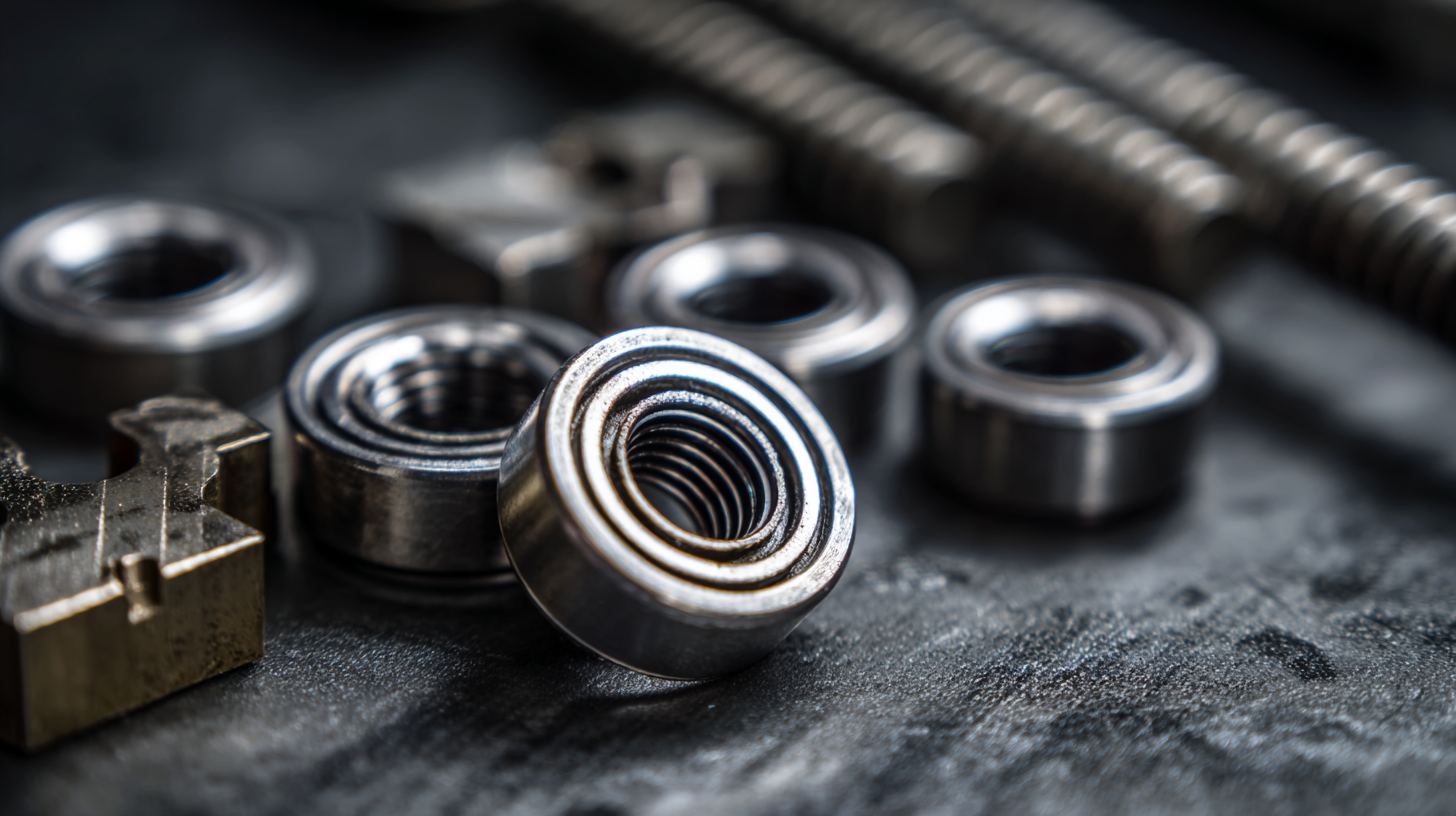
Evaluating Load Capacity and Speed Ratings for Your Ball Bearing Needs
When selecting small ball bearings for specific projects, evaluating load capacity and speed ratings is crucial. Load capacity indicates how much weight a bearing can support without failure, while speed ratings inform users of the maximum rotational speed at which they can operate efficiently. According to industry reports by the American Bearing Manufacturers Association (ABMA), the dynamic load rating is a critical factor, providing insights into the bearing's lifespan under various loads. A well-chosen bearing can enhance performance, reduce maintenance needs, and prolong equipment life.
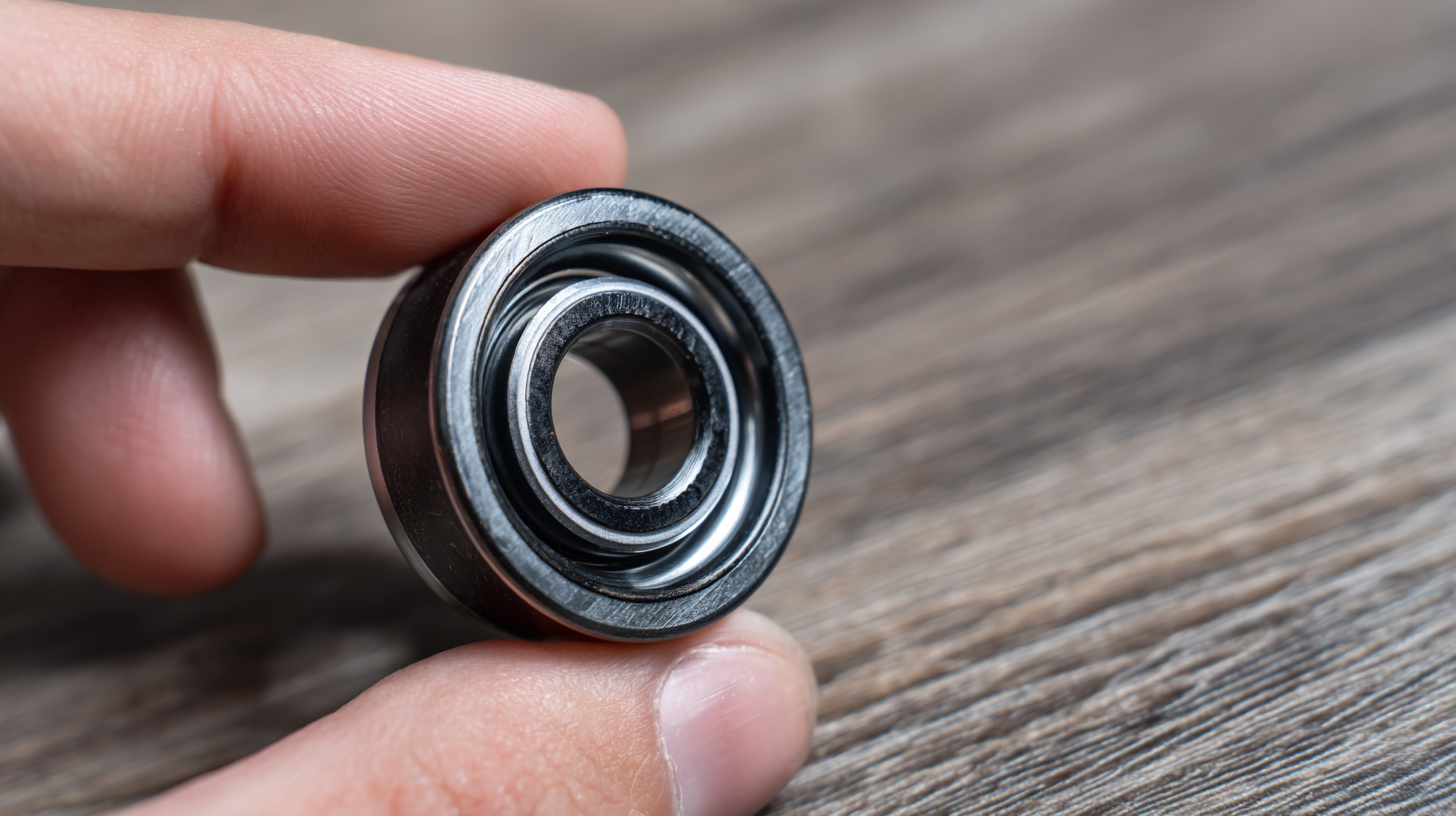
Tips: Always consider the application's specific requirements. For instance, if your project involves high-speed operations, prioritize bearings with higher speed ratings to prevent overheating and premature wear. Another essential factor is the bearing material; for high-load applications, choose steel bearings which offer greater strength and durability, as opposed to plastic alternatives which may be more suitable for lighter loads.
Additionally, consult manufacturer's catalogs for precise specifications and load limits, ensuring that the selected bearings align with your operational needs. Regularly reviewing such data can also help identify advancements in bearing technologies that might further improve project efficiency.
Materials and Coatings: Choosing the Right Composition for Durability
When selecting small ball bearings for specific projects, the choice of materials and coatings plays a crucial role in ensuring durability and performance. Recent advancements in material science have demonstrated the importance of selecting the right composition, particularly for applications subjected to harsh environments. For example, materials that resist corrosion and wear can significantly extend the lifespan of bearings in dynamic settings. Incorporating nanoparticles into traditional materials can enhance their properties, making them more resilient while maintaining lightweight characteristics.
Moreover, various coating technologies have emerged that provide additional protection to bearing surfaces. Innovations may include anti-reflective coatings that improve visibility and functionality in optical applications, as well as advanced surface treatments that mitigate the effects of solid particle erosion. Such coatings not only enhance the physical properties of the bearings but also safeguard them against environmental factors that could lead to premature failure. As the demand for reliable small ball bearings continues to grow across different industries, understanding materials and coatings is essential for achieving the best outcomes in durability and overall performance.
How to Choose the Right Small Ball Bearings for Your Project - Materials and Coatings: Choosing the Right Composition for Durability
| Material | Coating | Durability Rating | Temperature Resistance (°C) | Application |
|---|---|---|---|---|
| Stainless Steel | PTFE | High | -40 to 120 | Food Processing |
| Chrome Steel | Zinc Plating | Medium | -20 to 80 | Automotive |
| Ceramic | None | Very High | -50 to 300 | Aerospace |
| Plastic | UV Coating | Low | -10 to 60 | Consumer Goods |
| Silver Steel | Chrome Coating | Medium | -30 to 90 | Industrial Machinery |
Common Mistakes to Avoid When Selecting Small Ball Bearings for Projects
When selecting small ball bearings for your project, avoiding common mistakes can make a significant difference in performance and longevity. One prevalent error is not considering the application environment. For instance, using bearings designed for low-load applications in high-load environments can lead to premature failure. Additionally, failing to account for factors such as temperature, moisture, and exposure to contaminants can severely impact bearing life. It’s crucial to select the right materials and sealing options that align with your project’s specific conditions.
Another frequent pitfall is overlooking the importance of proper sizing. Selecting a bearing that is either too small or too large can hinder its function and efficiency. Many individuals also underestimate the significance of load ratings and miscalculate the required load capacity. This often leads to the selection of bearings that do not meet the demands of the application, resulting in potential operational issues. By being aware of these common mistakes and doing thorough research, you can ensure that you choose the right small ball bearings for your needs.
Related Posts
-

Understanding the Basics of Ball Bearing Selection for Optimal Performance
-

What are the Key Benefits of Using Steel Ball Bearings in Modern Machinery?
-
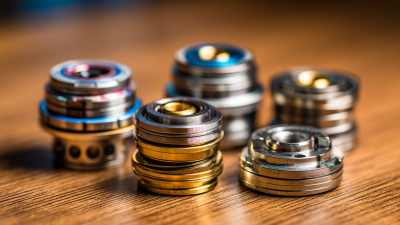
The Evolution of Best Miniature Bearings in Advanced Technologies
-

Stainless Steel Ball Bearings vs. Plastic Bearings: A Comprehensive Performance Comparison
-
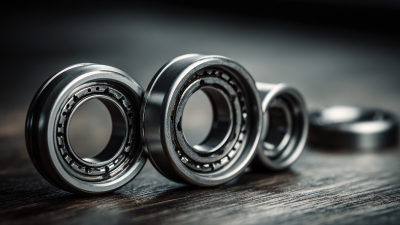
Unlocking the Details of Best Bearing Supplies with Key Technical Parameters for Global Buyers
-
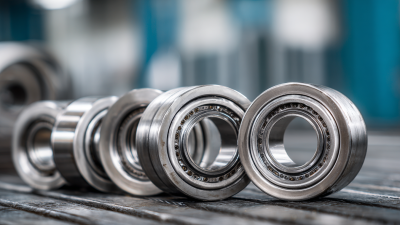
5 Key Factors to Choose the Best Stainless Steel Bearings for Global Procurement